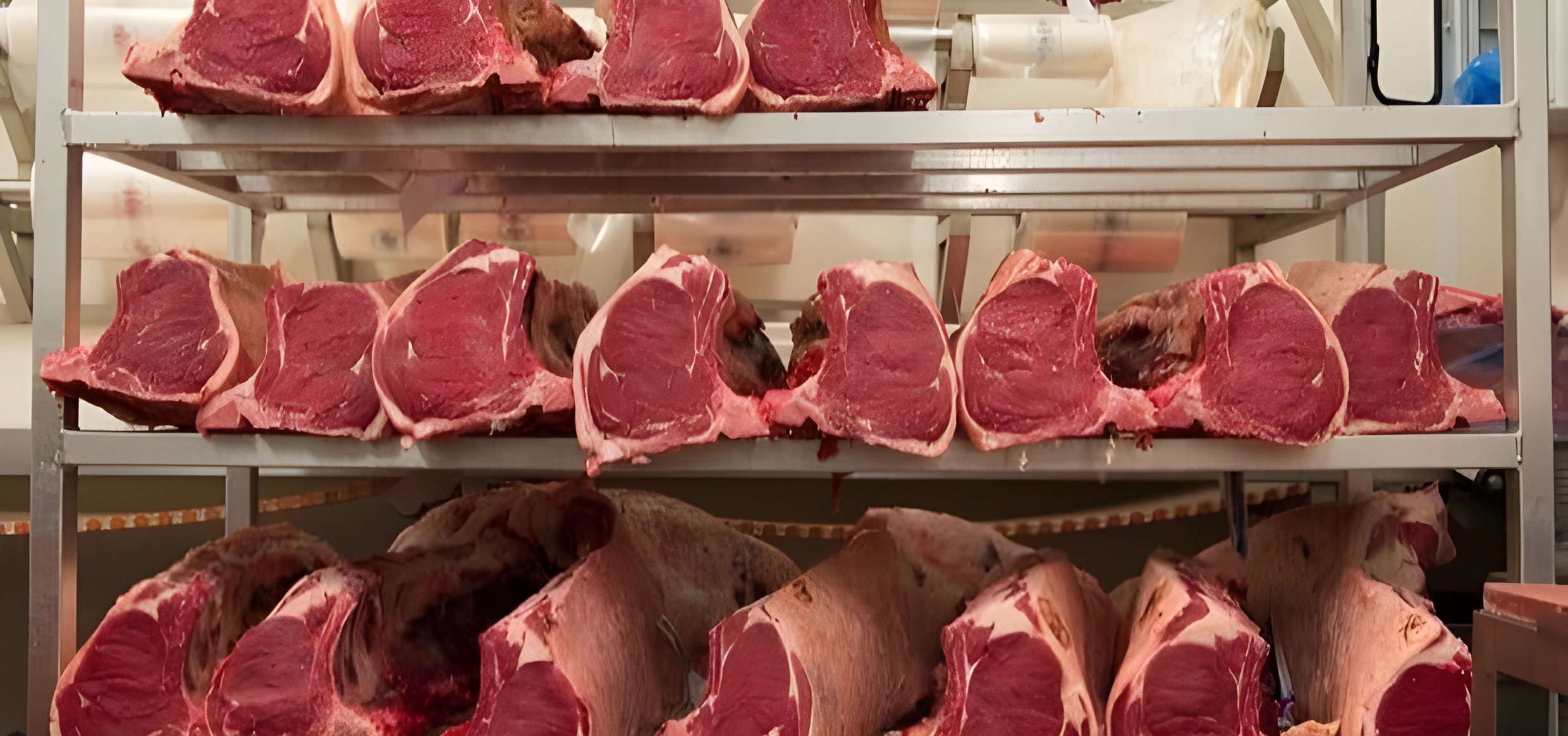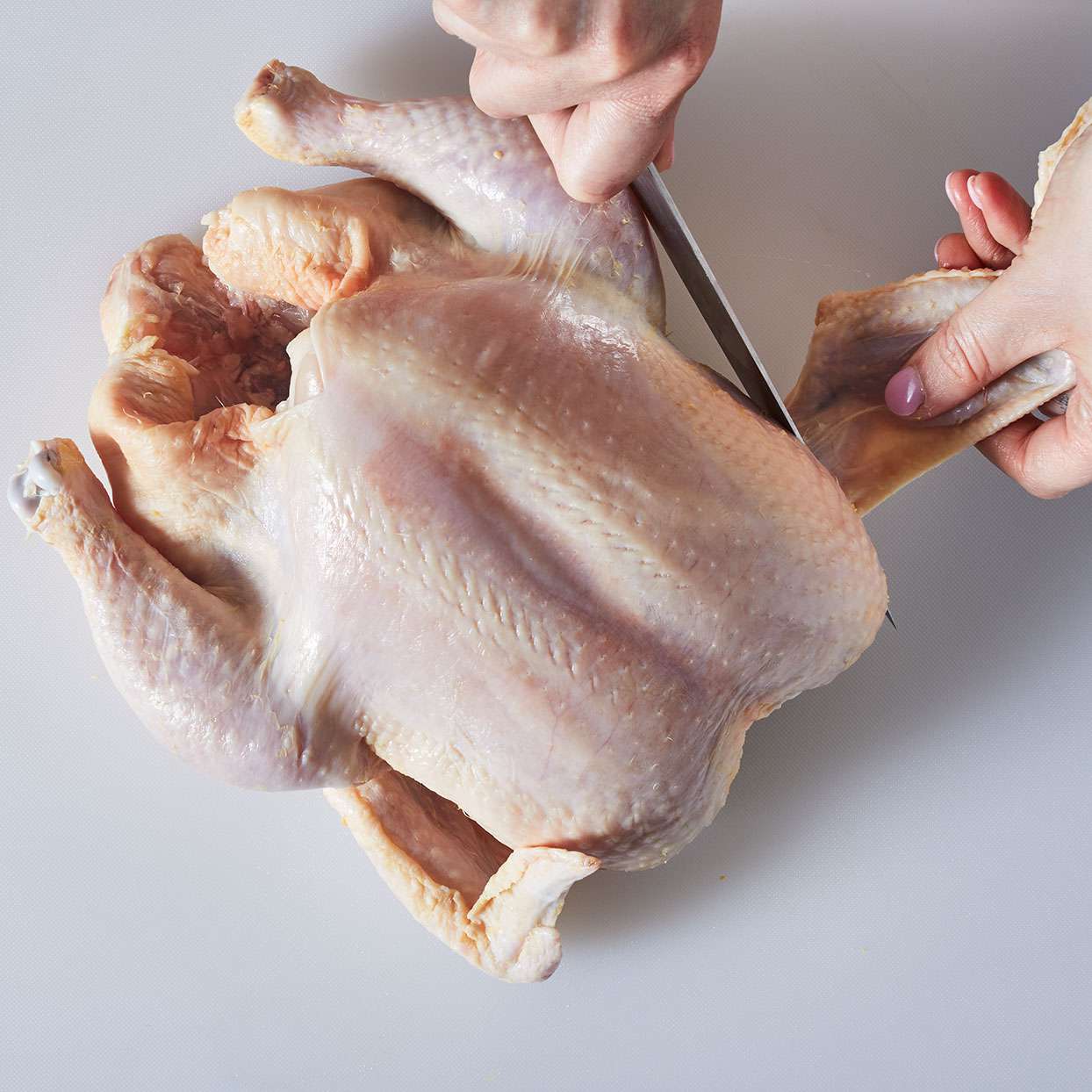



Microorganisms in large concentrations are present on the surfaces and intestinal tracts of freshly slaughtered animals. To ensure product safety, federal regulations stipulate the testing of such meat for Salmonella. So, Meat processors can get CLO2 in INDIA in the right concentration and apply it as an agent to process water used in washing the meat.The chemical can improve the quality of the meat and enhance its shelf life.
Chlorine dioxide has emerged as a powerful and effective disinfectant in the meat processing industry.However, its usage depends on the quality of water and the volume of meat being sanitized. Hence, businesses involved in meat processing should contact chlorine dioxide suppliers to get the right quantum of supply.Chlorine dioxide is approved for use as an antimicrobial treatment during poultry processing. Carcasses sprayed with ClO2 duringdefeathering had significantly lower numbers of Campylobacter and E. coli than carcasses treated with the water spray control defeathering

Poultry Processing Flow :
1.Unloading and shackling --- Stunning --- Bleeding --- Scalding --- Plucking --- Evisceration --- Carcass Wash ---Chilling (Spin Chilled / Air Chilled)--- Sorting --- Packaging.
2.The main problem is to control cross-contamination.
3.Contamination of carcasses can occur via contact with soiled surfaces, equipment or the Hands of operatives.
4. Microorganisms can also be spread in airborne dust particles and droplets and through any rupture of the Intestines during evisceration.
5.The processing of poultry carcasses for packaging provides significant potential for bacterial contamination.
6.Most bacterial contamination occurs on the body surface, and may come from flora on the skin, mud or filth from the feet or from crop.
7.Material or feces forced out of the bird during processing. Removal of this contamination is accomplished by washing during the processing operation.
8.Following washing, the birds are submerged in chilled water (34°F) to remove the body heat as quickly as possible.
9.The chilled water soon becomes contaminated, and can lead to cross contamination of the birds.
10.USDA regulations require the use of antimicrobial pesticides to control the microbial population in poultry chill water.
11.Chlorine has historically been the pesticide of choice for treatment of poultry processing water.
12. However,chlorine has been known to react with organic contaminants in the process water to form potentially toxic trihalomethanes (e.g.CHLOROFORM).
Copyright 2023 All Right Reserved By BULLSEXCEED PVT. LTD.